|
|
This is the first of three images, all relating to the ’Hydro Drill’, We asked for further information. Simon Chapman has come to our rescue, telling us: ”Used on trial at North Skelton Mine in the 1950s but not adopted.”
Image courtesy of Olive Bennett and many thanks to Simon Chapman for the update.
This second image of the Hydro Drill is described as a demonstration, we asked ”Can anybody recognise the miners and perhaps name the mine and give us a date?” Simon Chapman explains: ”This was a drilling machine introduced to North Skelton Mine during the 1950s for a trial. Although useful it took too long to move about and put into place compared with a hand-held power drill so was not adopted. The miner at left in the dark waistcoat was Tommy Templeman who was a deputy and lodge secretary and lived in Richard Street, North Skelton.”
Image courtesy of Olive Bennett and many thanks to Simon Chapman for the supporting information.
This final image in our set is obviously of the Hydro Drill in use. Simon Chapman has been able to assist with details: ”This was a drilling machine introduced to North Skelton Mine during the 1950s for a trial. Although useful it took too long to move about and put into place compared with a hand-held power drill so was not adopted.”
Image courtesy of Olive Bennett and many thanks to Simon Chapman for his assistance in identifying the machine and the mine in which it was trialled.
North Skelton mine (the original name being Foggo, which was the name of the farm which was the original site for the mine), the wooden headgear predates the replacement by a steel headgear in 1924.
Image courtesy of George Pearson.
A miner’s pay slip 1943, less than a fiver for seven days hard graft on wartime rations. Explanation for younger viewers: a pay slip was called an ”Off Tack” because of the deductions from the wages.
Courtesy of Jeff Templeman.
South Skelton Mine, around the time of closure in 1954. Mining commenced
in the 1860’s, at a depth of about 200 feet.
Image courtesy of George Pearson.
South Skelton Mine just before the war, the Picking Belt shed at the left of the photograph looks fairly new; it was installed around 1935. The picking belt came from the redundant Belmont Mine.
Image courtesy of George Pearson.
This photograph showing the arrangement at the top of the shaft at South Skelton Mine. On the right hand cage an empty tub waits to be lowered down the shaft. The man on the side of the cage appears to have his hand on a signalling handle which will send the right hand cage down and the left hand cage will raise a loaded tub to the surface. In the background the full tub from the left hand cage is being put into the tippler unit, which will turn the tub upside down and drop the contents onto the picking belt for sorting the shale from the stone. Any further information or corrections will be welcome.
Image courtesy of George Pearson.
Longacre Mine was situated close to the present Hollybush Industrial Estate; not far from where the Asda supermarket has been built. The 286 foot shaft was in operation from 1876 till closure in 1954. Before closure the workings were taken over by North Skelton Mine. The mine ventilating fan is to the left of this image.
Image courtesy of George Pearson.
George House – Tyne Tees Televison Reporter – interviewing ‘A North Skelton Miner’ on 17th January 1964; at he end of his last shift. Peter Armstrong tells us: ”I think this miner being interviewed is my grandfather William Henry Armstrong (“Boy” Armstrong). ”
Image courtesy of George Pearson and many thanks to Peter Armstrong for that update.
|
|
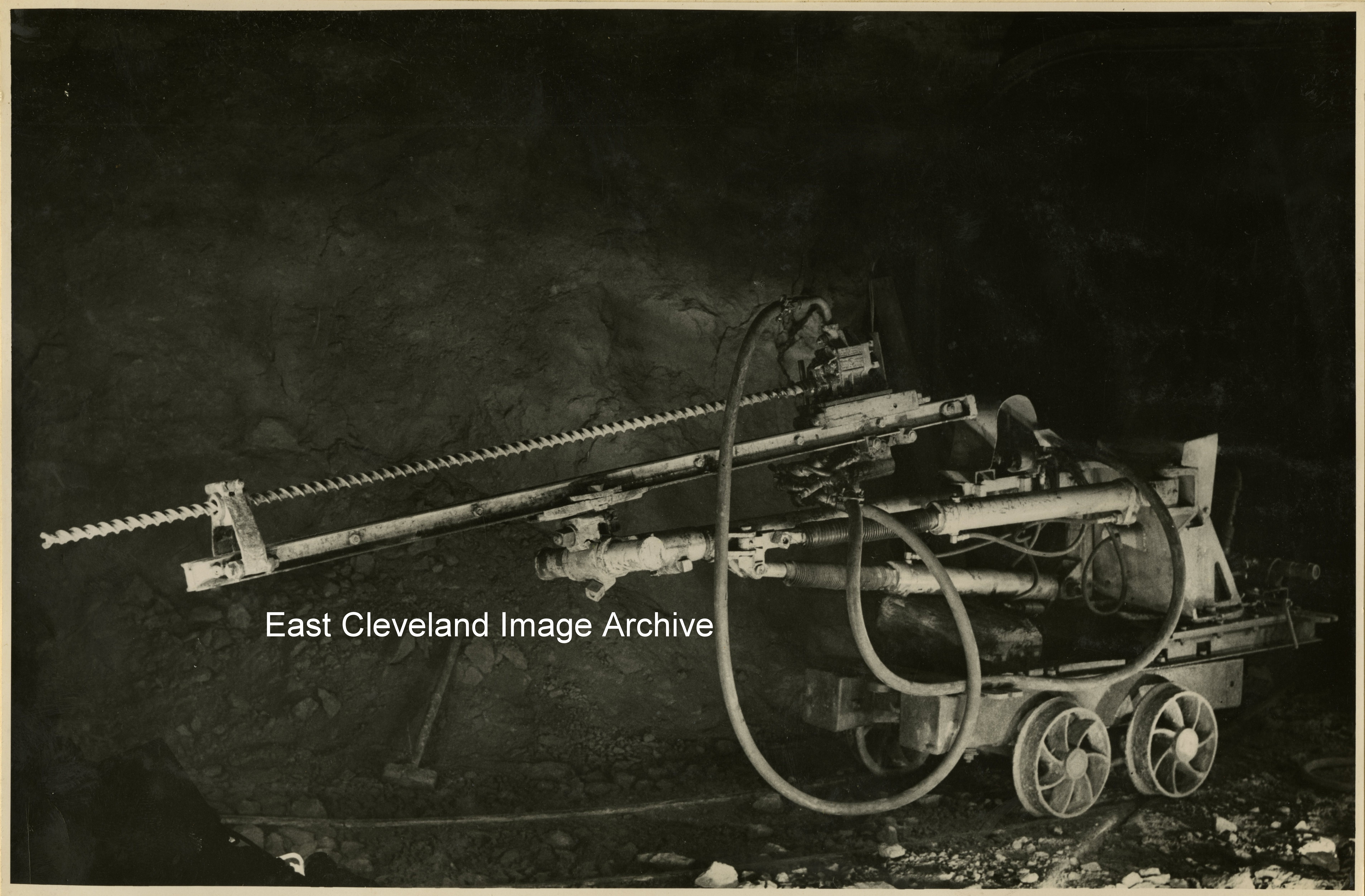
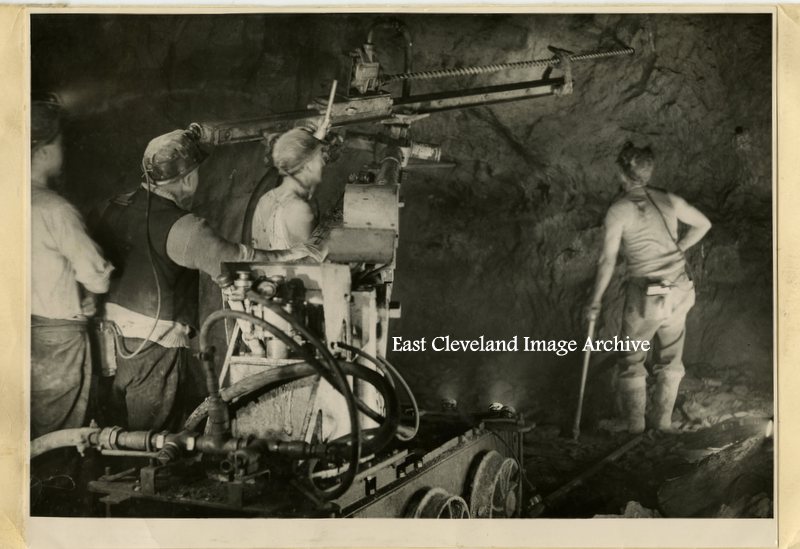
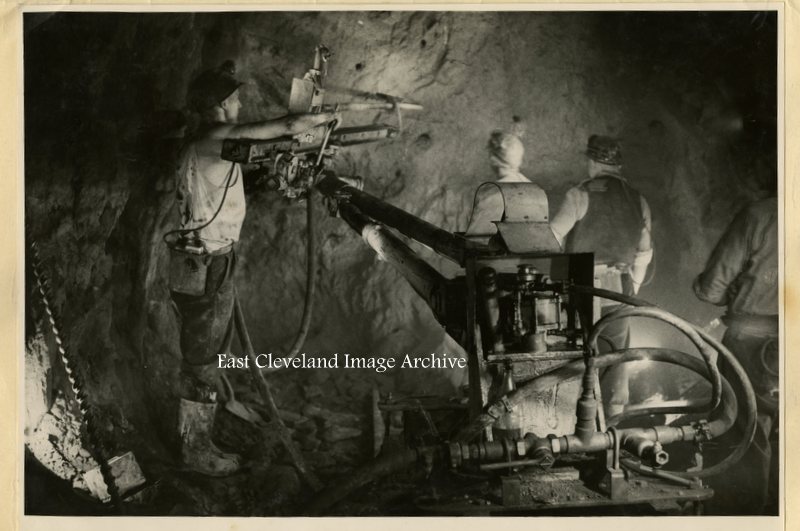
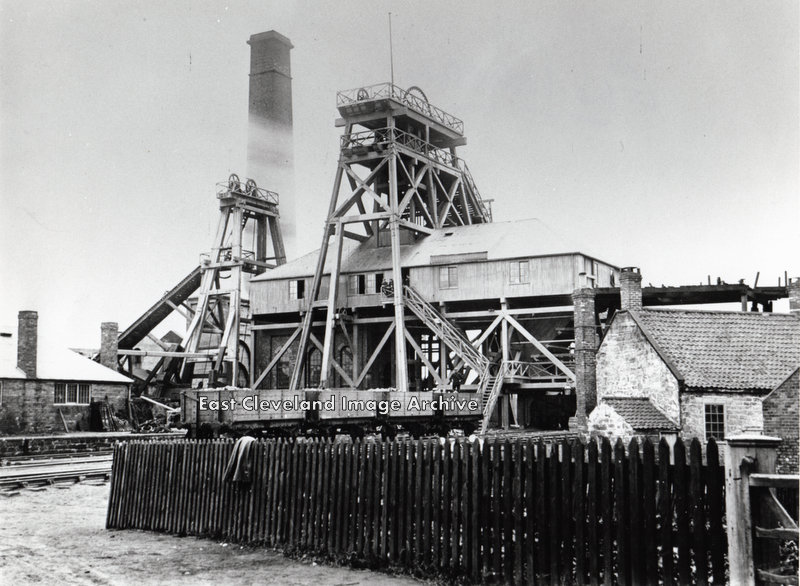
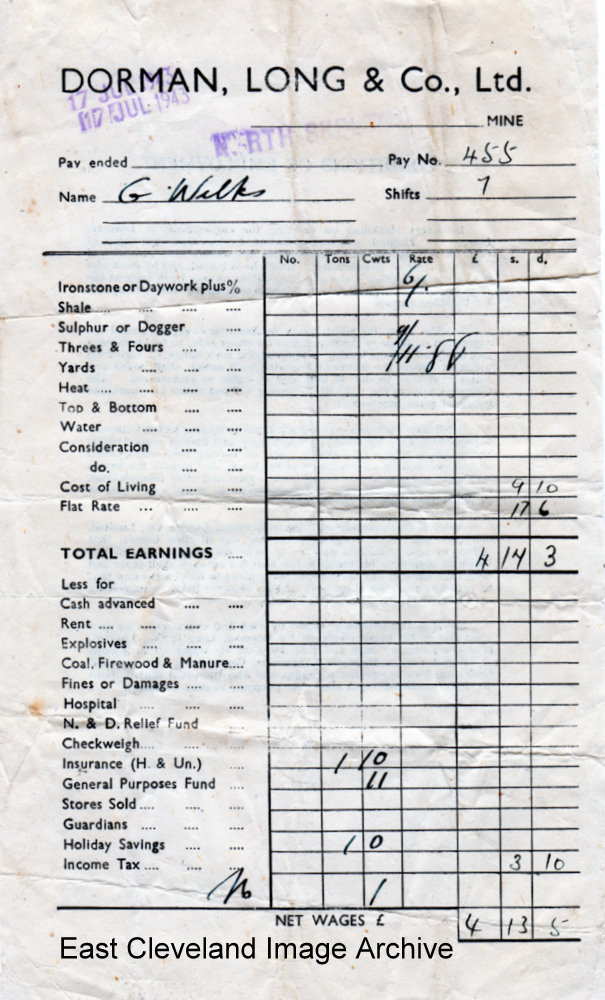
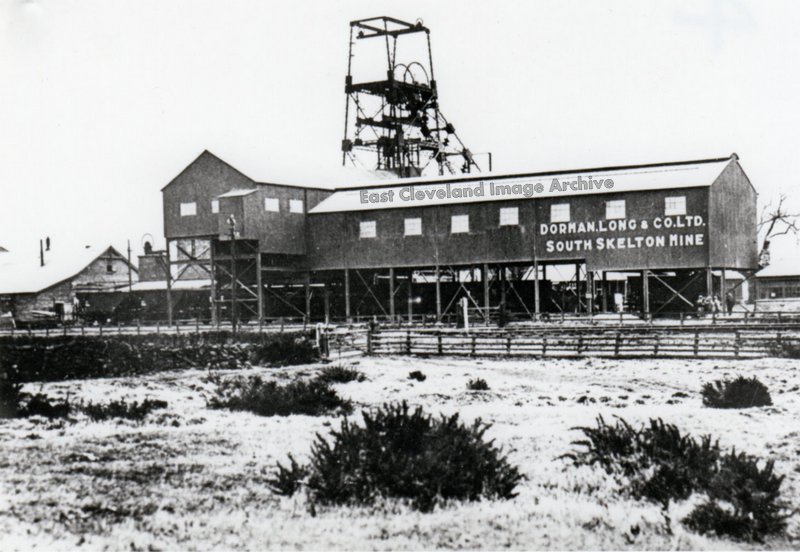
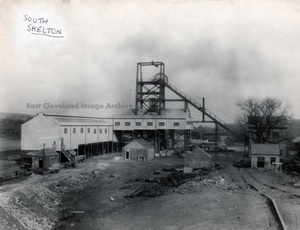
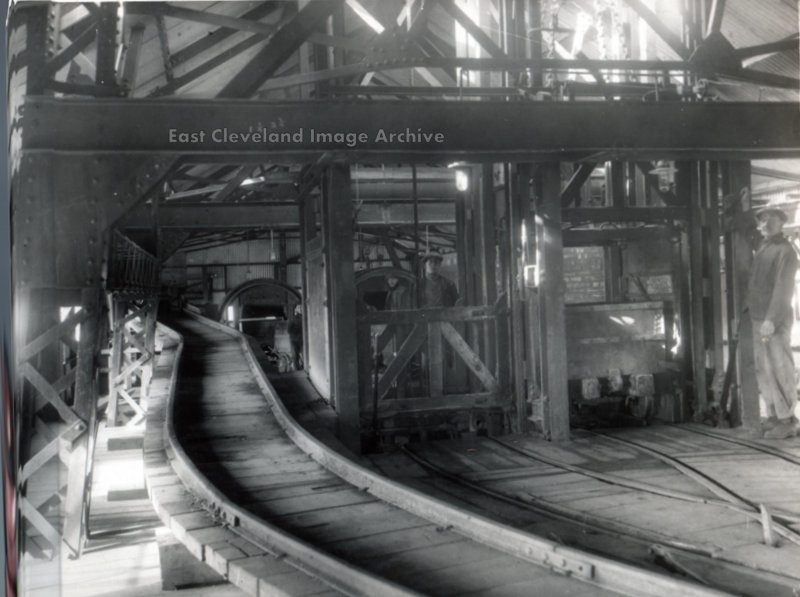
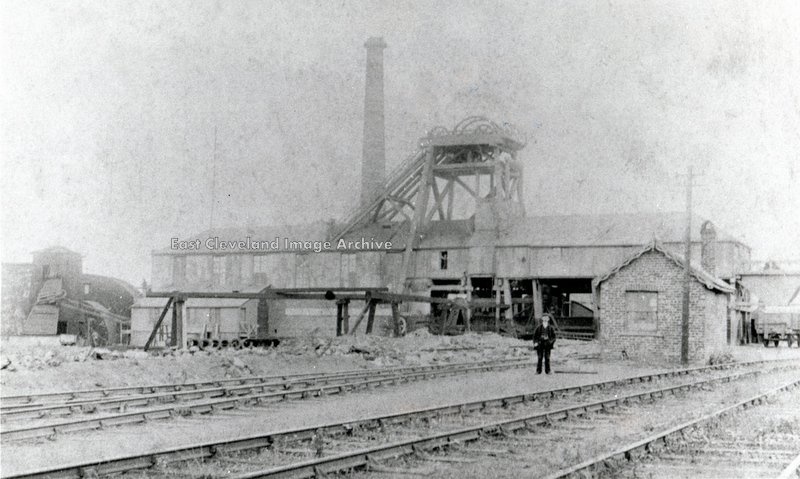
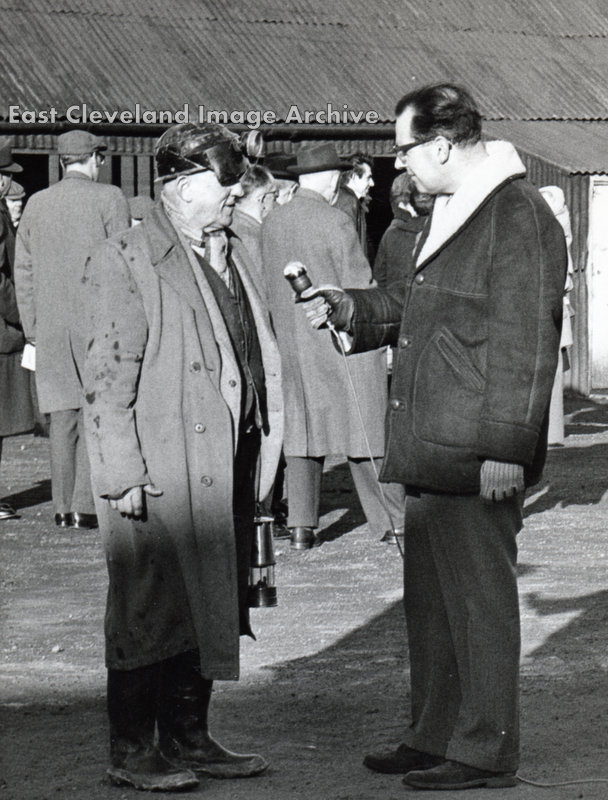
Recent Comments